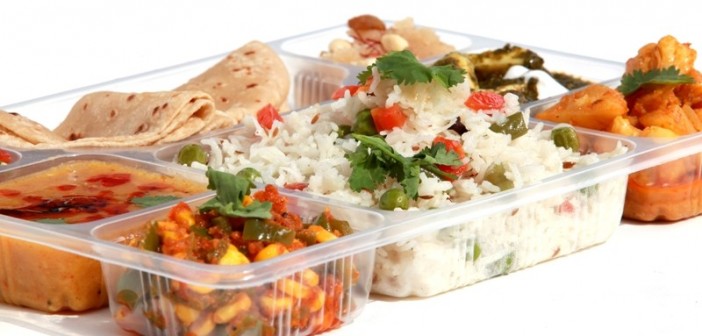


 I incubated and ran a food tech business (EazyMeals) for about 8 months and reached a volume of 100+ orders a day. I was in talks with a few investors as well to raise an angel round but then took a decision to shut the business down and write off the investment (why we did not pursue investors even after a commitment of $250K from the CTO of a billion dollar e-commerce company is a different story for a different day).
I incubated and ran a food tech business (EazyMeals) for about 8 months and reached a volume of 100+ orders a day. I was in talks with a few investors as well to raise an angel round but then took a decision to shut the business down and write off the investment (why we did not pursue investors even after a commitment of $250K from the CTO of a billion dollar e-commerce company is a different story for a different day).
But, before I shut down the business, it taught me quite a few interesting lessons about the food tech sector.
Here are some of my key takeaways:
It is very easy to reach 100+ orders a day. You may even reach 200+ in a short span of time but managing the preparation and delivery of these numbers is tough.
We started the business in Indirapuram, one of the most densely populated areas in the NCR region. Food was great and prices nominal so getting initial traction was easy. We found out that bringing in new orders is not that tough. You need additional orders – Get on to FoodPanda. You need even more – Get on to Swiggy, Tiny Owl, Zomato etc. You still want more, invest in Google and FB Ads. Start Push notifications from your app or text SMSs. There is a lot you can do to increase orders, the problem comes in managing those orders. Reason being – whether it is 50 orders or 500, they have to be prepared, packed and delivered in a span of two to two-and-a-half hours.
Where as other e-commerce companies have a day or a couple of days to pack and ship a product, the food startups have just 30-40 minutes to arrive at the doorstep of the customer from the time he places an order. Believe me, its not easy. Customers do not care if you are a startup. Their expectations have been set at the “30 minutes, else free” level.
From the time the Food-Tech sector gained investor interest, there is a lot of focus on the ‘Tech’ part in a food startup. My experience shows the focus should be more on food than tech.
You can build a wonderful App or a website. You will have weeks and months to build and then improve it. But you hardly have any control on the quality of food when you are a small startup.
The quality and taste is in the hands of the chef and what he does in those 10 minutes that he spends on the order. Those 10 minutes need much more attention than the website or the app. If the food tastes great, the customer does not care even if you do-not have an app or a website. He will come back.
Food is a business where one can achieve a very high repeat rate with customers if the quality of food is good, prices are nominal and service is within acceptable limits. The more your retention rate is, the lesser will be spend on marketing. Food is something which a person eats three times every day. Keeping your existing customers happy helps lowers the customer acquisition costs and in turn helps maintain unit-economics.
Achieving unit-economics in food business in India is tricky. Customers want good food at a nominal cost. My venture was into low-cost-daily-meals. The average order value was around Rs 100. The food quality was great, the repeat rate was high, we had achieved a volume of about 100 orders a day, but unit economics sank us.
While providing a meal at an average cost of Rs 100, the Cost of Goods Sold itself came around Rs 40, the delivery per order around Rs 18, if the order came via any of the food ordering platforms, the commission itself came out to be Rs 15-18.
We made a margin of around Rs 30 per order (on COGS and Delivery) or about Rs 1.2 lakh to 1.8 Lakh per month. This was not sufficient to cover for the salaries of one chef, two assistant chefs, a site manager, a cleaner and four delivery boys plus the rent for the kitchen and maintenance of the equipment.
Food Ordering Platforms are good for increasing the volume of orders. But, use them with caution. We were on four platforms – FoodPanda, TinyOwl, Zomato and Hungry Buddies. These platforms do help you achieve volume of orders, but eat into your margins.
On an average the FPOs charge around 16-18% commission and taxes. That’s a big chunk of your margin. I would suggest to use them for a period of time to build loyal customer base and then serve those customers from your own website or app. You will at least save INR 16 on every INR 100 that comes in.
Reflecting back, I feel I could have done many things in a much better fashion than I did. But will I go back and start-over again? No. But I thought these points would be of some help to those who have just started or are planning to venture into the food space.
These five points are not the only points to keep in mind while running a food business, I am sure there are many others. But, they can be used to set some ground to build upon.
Harshdeep Rapal is the Co-Founder & CEO of Feelance Co.
(Image Courtesy EazyMeals)